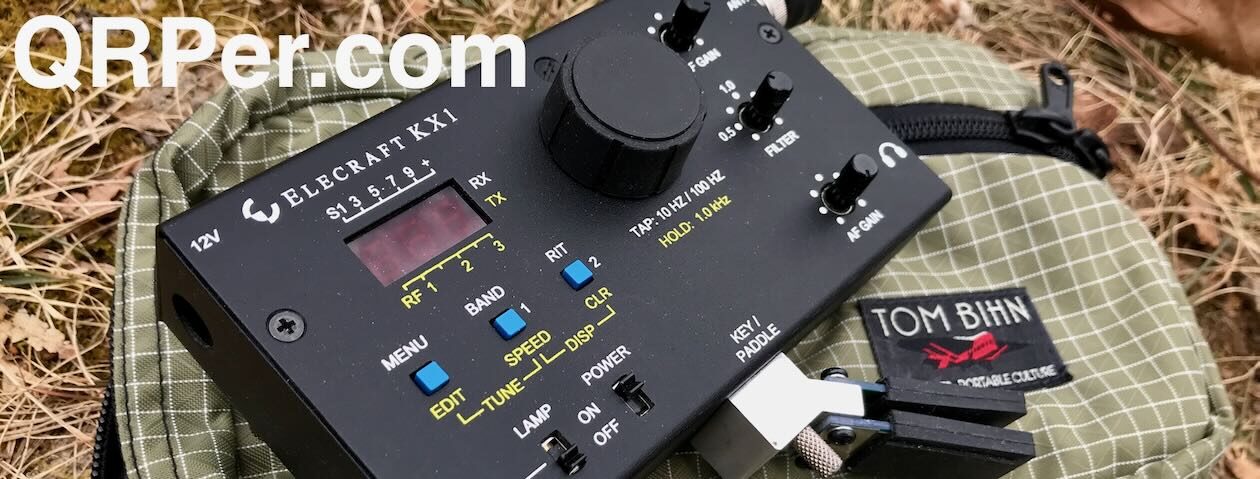 Like a lot of QRPers, I love a good challenge.
Like a lot of QRPers, I love a good challenge.
Maybe it’s just in the nature of those of us who love QRP.
We get a small thrill out of seeing what we can accomplish with less.
AX1 Doubts?
 On the morning of February 7, 2022, I received an email from a subscriber in South Carolina who had placed an order for a new Elecraft KX2 and an AX1 antenna package. He picked this particular combination because he wanted the most simple and easy-to-set-up field radio system for impromptu CW POTA activations and a little random QRP fun.
On the morning of February 7, 2022, I received an email from a subscriber in South Carolina who had placed an order for a new Elecraft KX2 and an AX1 antenna package. He picked this particular combination because he wanted the most simple and easy-to-set-up field radio system for impromptu CW POTA activations and a little random QRP fun.
He mentioned that, at his age, mobility is a bit of an issue and even though he knew a wire antenna would be more effective, deploying it while walking on uneven ground just wasn’t in the cards. The AX1 was a much more manageable and packable system. Plus, as he said, “I’m not going out to work DX. I just want to play and have fun.”
Only a week after placing his order, he was having buyer’s remorse which prompted his message.
He explained that he had exchanged emails with a friend in his radio club who told him he’d made a foolish mistake and that the AX1 was completely ineffective as an antenna and would only lead to disappointment. His friend said [direct quote here], “I owned [an AX1] for a month and was never able to make a single contact. It is really good at being a dummy load and nothing more! This thing shouldn’t be marketed as an antenna. It doesn’t work.”
I pointed out that I’ve used the AX1 numerous times in the field and have yet to be disappointed.
Before I used the AX1, I too, was very skeptical but after actually using it (instead of simply theorizing about it) I found it’s one of my most valuable antennas for a quick and fruitful activation. I pointed him to this playlist that includes all of my AX1 activations on YouTube. In all of these activation, I’ve limited myself to 5 watts as well even though the antenna can handle a full 10 or 15 watts from the KX2 or KX3.
I told him I’d been planning to pair the AX1 with my Mountain Topper MTR-3B and, it turned out, that very day a small window of opportunity opened in the afternoon. I told him we could both see how the AX1 might perform with three watts of power, especially since he’d planned to use 10 watts with his KX2.
As I’ve mentioned in the past, my motto is less theory, more practice!
We’d put the “dummy load theory” to the test! Continue reading “The Elecraft AX1 antenna is just a dummy load!” Really? Let’s test that! →



























